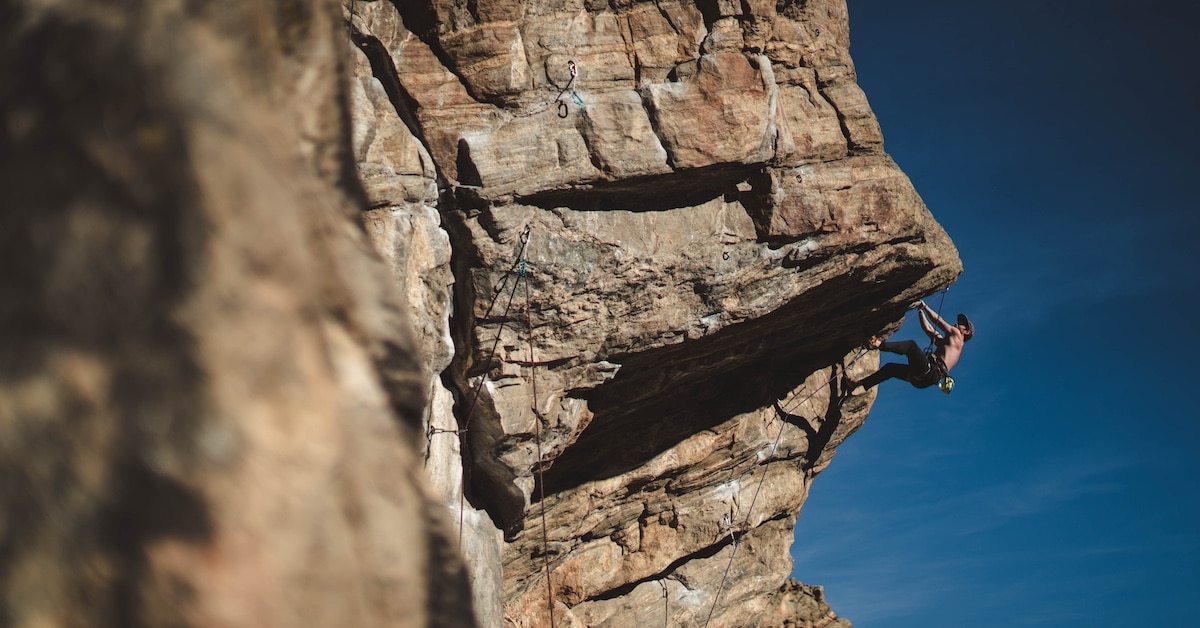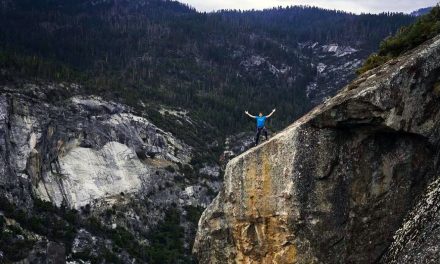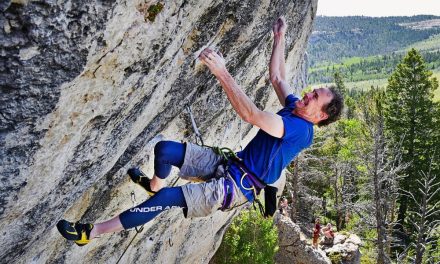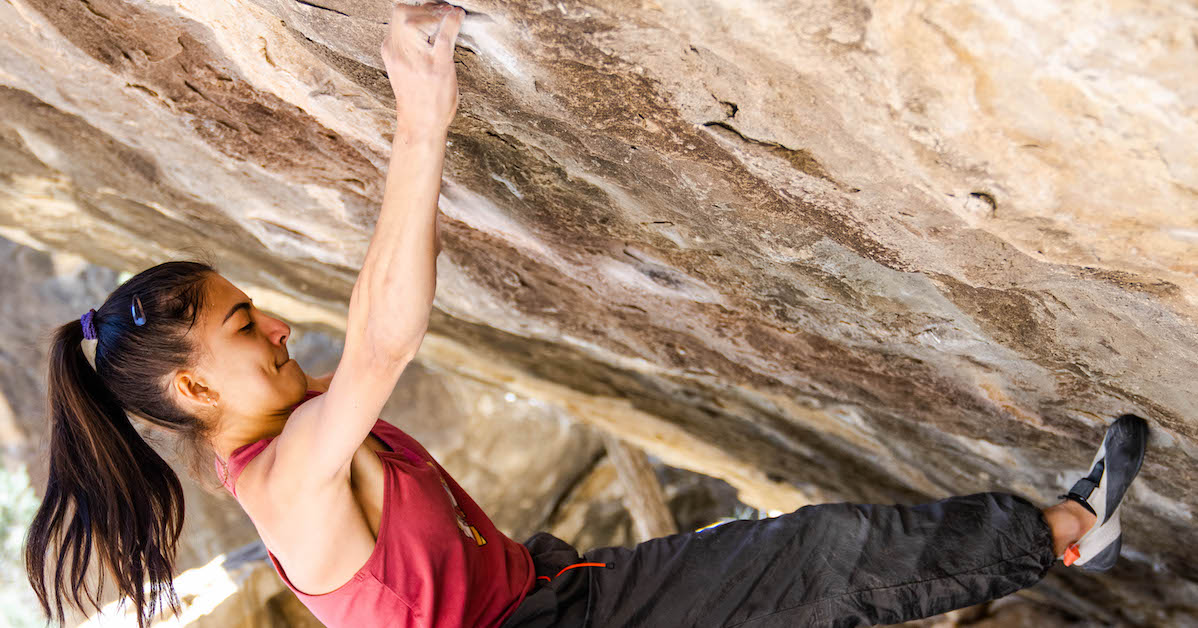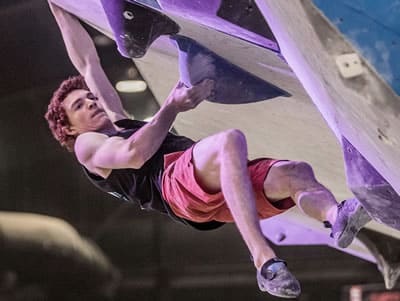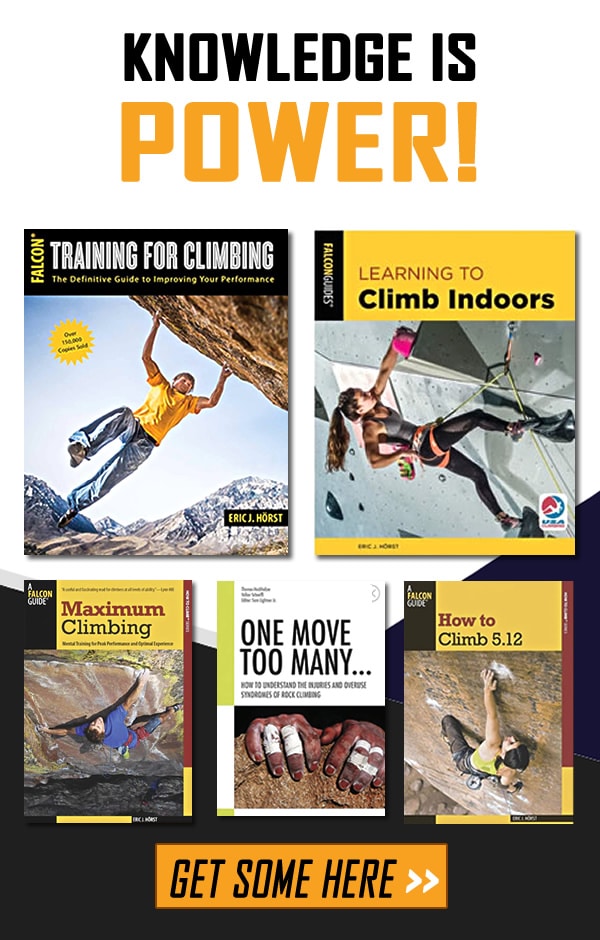Maintaining concentration while you climb is a crucial skill to have in your quiver. Here are five techniques for improving concentration—both on and off the wall.
(This post was originally published in April of 2017.)
Concentration is key for effective risk management and optimal performance in climbing. That being said, it’s a skill that requires just as much time and effort to learn as any physical ability. Unbreakable concentration comes from a long-term commitment to gathering and maintaining focus every time you climb. In fact, this applies to all aspects of your life. You can’t expect to just turn on your concentration while you climb; you must also learn to wield your concentrative powers in other areas like work, school, relationships, hobbies, and more.
Try these five techniques for enhancing and maintaining concentration before and during a climb. You can also take these strategies into your everyday life for well-rounded focus.
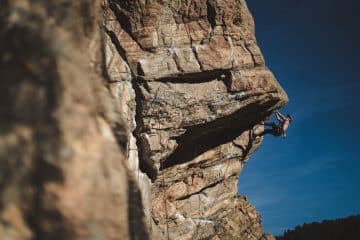
Make the most of your time on the wall by narrowing your concentration to focus on just the moment at hand. Photo by Lionello DelPiccolo.
1. Handle Potential Distractions Before You Climb
The first step to improving concentration while you climb is to preemptively deal with possible distractions before you even start up the route. For example, if you know that noise on the ground or a talkative belayer often disrupts your concentration while leading, you can address this concern as part of your pre-climb ritual. Express to your belayer (or spotter when bouldering) that you value their attentiveness, and kindly ask other climbers to limit distractions until you complete the boulder problem or climb.
Same goes for ensuring maximal focus at work, school, or elsewhere. Turn off phone notifications and nix any background noise. Decide ahead of time that you won’t deviate from the task at hand until a certain point in time. And since your eyes often lead your focus, go somewhere that separates you from distractions in your environment.
Music for Concentration
Research shows that listening to classical music helps deepen concentration and improve focus. This is especially true in the face of a large amount of information you need to process. The musical pulses common to Baroque music, such as Bach, have been shown to affect brain waves in ways that enhance creative thinking, problem solving, concentration, and learning. Some university professors even play Baroque music in the background during lectures and tests. Others (including this author) have discovered the benefits of playing classical music while writing, reading, and studying, as well as during mental training exercises such as visualization.
Do other types of music have the same positive effects on concentration? Perhaps. While faster-paced music and pop songs with lyrics can change your mental state by bringing you into the present moment, they tend to make concentration on complex tasks more difficult. For example, I’m sure that you can sing along with a song on the radio or talk on the phone when driving in steady traffic on a familiar road. When driving through chaotic traffic in an unknown city, however, I bet you’ve sometimes found it necessary to turn off the radio or hang up the phone in order to turn your complete attention to figuring out the next turn (and staying alive). This also pertains to climbing or performing any other complex task. Subjecting your mind to especially engaging music or conversation will degrade concentration—whether you recognize it in the moment or not.
2. Use Rituals to Narrow Focus
Pre-climb rituals are a natural—and powerful—way of zoning in before you climb. By engaging in a sequence of steps and procedures when preparing for a climb, the conscious mind can focus on a strict series of operations. Going through a progression of physical warm-up exercises and stretches, followed by a familiar sequence of preparing your gear and examining the route, the mind stays engaged in task-relevant processes. It’s less likely to stray toward external distractions or internal, nonproductive thoughts.
You can develop your own rituals to help focus your mental state in a wide range of life activities. Given the complexity of the world we live in, it’s all too easy to get distracted. Using rituals that deflect distractions and narrow focus will not only improve your concentration in all you do, but also elevate your mental state to increase the effectiveness of your actions. Peak performers in sports and business habitually employ well-refined rituals to narrow their focus and shelter their minds from irrelevant cues and potential distractions.
3. Use Self-Talk to Direct the Conscious Mind
We’ve talked about the harmful effects of negative self-talk on your concentration. It’s obvious, then, that the opposite—positive self-talk—is an indispensable tool for maintaining a focused, effective mental state. Examples of beneficial self-talk include simple instructions such as “Relax”, “Stay in the moment”, “Keep breathing”, “Focus on footwork”, and “Soften the grip”. Encouraging statements like “I can do this move”, “I love adversity”, “Keep going”, “Hang on”, and “One more move” help increase motivation. Filling your conscious mind with copious positive self-talk makes it difficult for outside distractions or negative thoughts to enter your stream of consciousness.
You never want to state the effect or outcome that you don’t want to happen. Saying to yourself, for example, “Don’t feel nervous”, “Don’t fall”, “Don’t blow this move”, or “Don’t feel scared” brings the unwanted outcome into your conscious mind. This makes it more likely that you will experience the very state or outcome you hope to avoid. It’s called the pink-elephant effect. If you say to yourself, “Don’t think of a pink elephant”, you will instantly see a pink elephant in your mind’s eye! This kind of self-talk is essentially self-sabotage, and it’s actually a common bad habit for many people. Make it your goal to think in positives. Strive for better awareness of your self-talk, as well as higher quality control in the words you speak to yourself.
4. Keep Your Eyes on Task-Relevant Targets
Whether concentration narrows or divests in a given moment often depends on where your eyes are pointing and what you choose to focus your vision on. Suppose you are lead climbing and glance to the rock or ground below you. In shifting your eyes downward, you open the door to visually engaging with some distraction on the ground or perhaps even pondering the exposure of your current perch. In doing so, you sever your focus on the move at hand, in addition to blocking out important proprioception of body tension, muscular tension, and your center of gravity. Lost focus leads to decreased efficiency of movement, increased mental tension and anxiety, and an unfortunate increase in the chance that you will lose your nerve, pump out, or fall.
The best climbers avoid this cascade of distractions by locking their vision onto task-relevant targets and allowing their vision to stray only when they are at a good stance, rest, or ledge. Direct your eyes only at objects that are relevant in the moment! Specifically, your eyes should specifically target the holds you are about to engage, the gear you are placing, and the rock immediately around you. Make this your modus operandi. Keep your eyes on the prize and you will discover a new level of concentration that quickly boosts your climbing performance.
Look to Your Feet
Many climbers fail to focus enough on foot placement. They choose to focus the eyes and mind on finding handholds, and only allow quick glances or peripheral vision to help them find their feet. Elite climbers, on the other hand, rarely feel for footholds. Instead, they see each hold as a target and place the foot onto the bull’s-eye (the best part of the foothold). This entire process might only take a second or two, but it’s a distinct step in the process of performing each move with utmost precision and economy.
You can turn this process of targeting each foot placement into an excellent practice drill. See each foothold as a target, then place your foot precisely on the best part of the hold. You can do this with handholds as well. Focus on the details of each hold. By observing the unique shape, angle, depth, and texture of each hold, you will be able to engage it with optimal positioning and minimal force.
One final tip: If you’re struggling to maintain concentration on a route, simply narrow your visual focus to the hand- and footholds before you. Pause for a moment, and direct your focus to the hold you’re about to engage next. Observe the minutest detail of the hold and marvel at its novelty. This simple five-second exercise will erase distractions and create a powerful focus to continue climbing onward with high efficiency.
5. Keep Your Thoughts in the Moment
Keeping your thoughts in the moment, detached from judgments and thoughts of outcome, creates an immensely powerful Zen-master-like mental state. Your mind may wander, but your body can only be in the present—so the invaluable synchronization between mind and body that gives birth to peak performance is only possible when your mind is also in the present moment! Thinking about anything in the past or future breaks the mind–body connection impossible and makes peak performance elusive.
Engaging in meditation before you climb quiets the mind. When you eliminate distractions, your attention will naturally focus on the most important matter of the moment. On the rock, this single-pointed focus will help you shift effortlessly from hand- to foothold, or to gear placements and risk management, as needed. When you’re fully in the moment, distractions wield no power—you will climb onward as if you are the only person in the world.
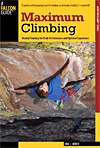
In Maximum Climbing, Eric Hörst presents a climber’s guide to the software of the brain—one that will prove invaluable whether your preference is bouldering, sport climbing, traditional climbing, or mountaineering. Eric brings unprecedented clarity to the many cognitive and neurophysical aspects of climbing and dovetails this information into a complete program. He sets forth three stages of mental training that correspond to beginner, intermediate, and elite levels of experience and commitment—the ideal template to build upon to personalize your goals through years of climbing to come. Learn more >>
What the Pros are saying about Maximum Climbing:
As someone who has spent a lot of time and energy with mental training, I can say with confidence that Maximum Climbing is your best tool for taking control of your most powerful asset as a climber: your mind. —Kevin Jorgeson, highball boulder & bigwall free climber
For anyone interested in learning more about how the mind works and how important psychological factors are in determining the quality of our experience and performance, Maximum Climbing is a useful and fascinating read. In this powerful text, Hörst presents an impressive collection of mental training techniques, practice exercises, and insights for climbers at all levels of ability. —Lynn Hill, first woman to climb 5.14
There are volumes of books on how to train your body for climbing, but Maximum Climbing teaches you how to climb better by flexing the most critical muscle—the three-pound one between your ears. Using a highly detailed step-by-step process that is clearly presented for beginner to expert climbers, Eric Hörst instructs on mental training. His book runs that gamut from A to Z, but my favorites include how to manage fear, build confidence, and focus—three areas all of us need to work on but, until now, didn’t even know where to begin.
—Duane Raleigh, Editor-in-Chief of Rock and Ice magazine
Copyright © 2000–2023 Eric J. Hörst | All Rights Reserved.

